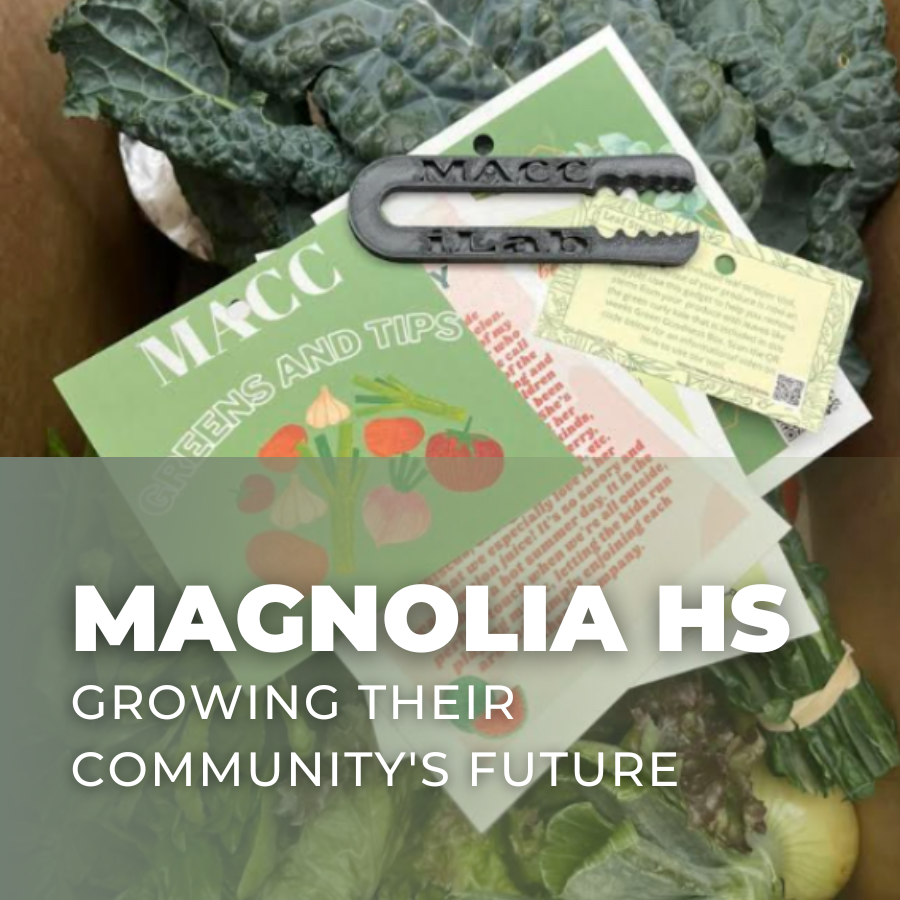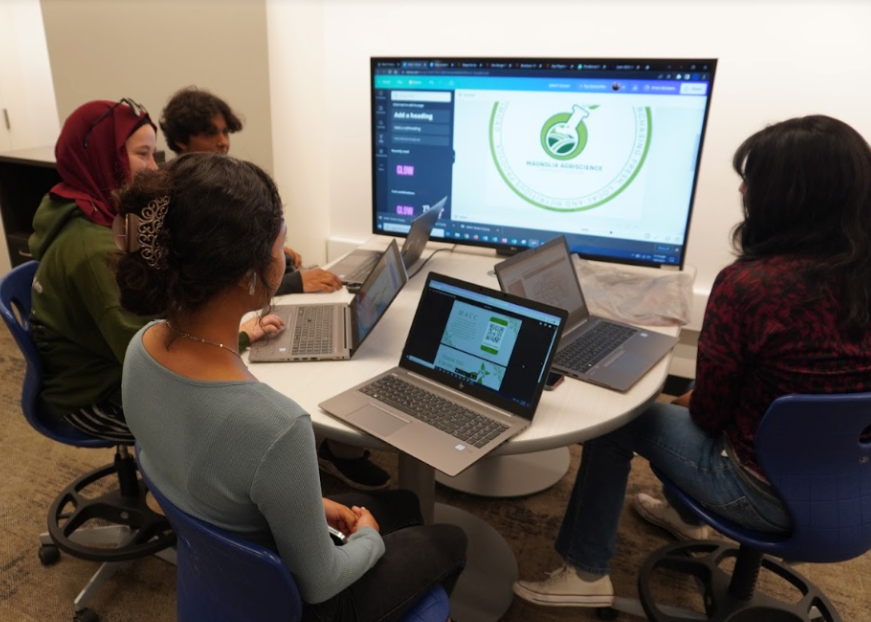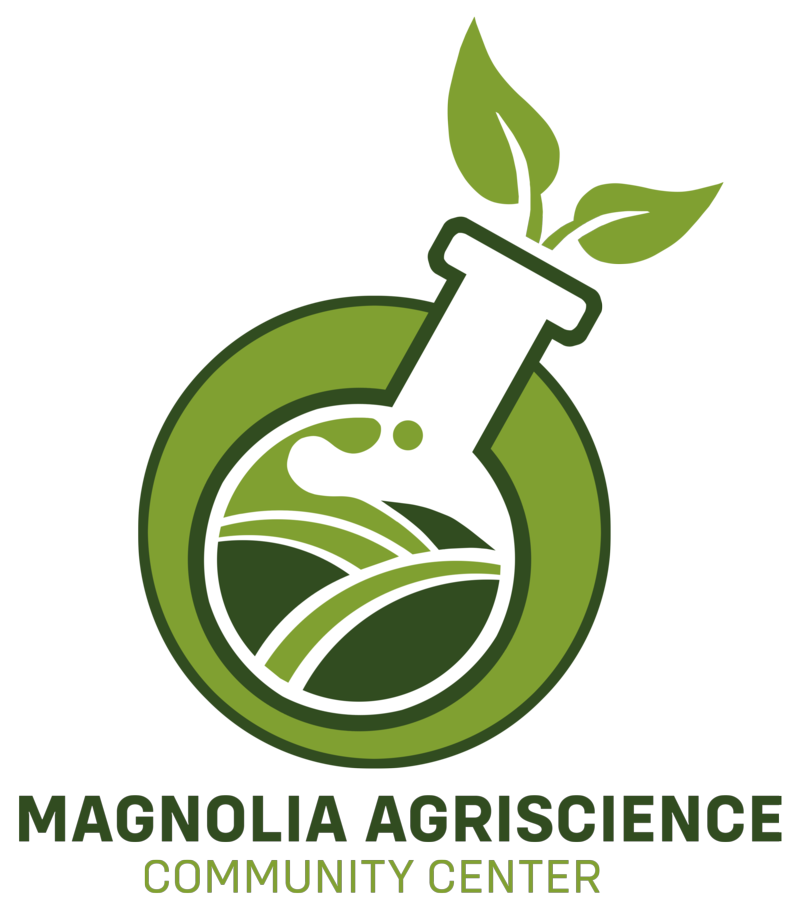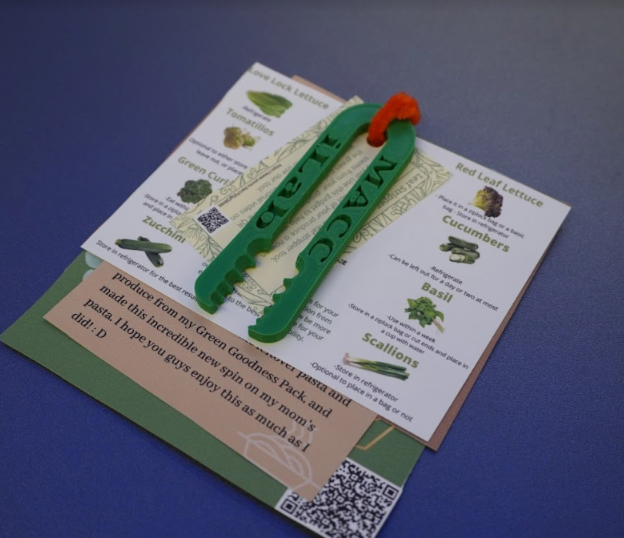Magnolia High School: Growing Their Community’s Future

During a Crowdsource on March 16, 2023, Carlos Hernandez (Director of Community Schools, Family and Community Engagement at Anaheim Union School District) and Araceli Huerta (Community School Coordinator at Sycamore Junior High School) shared strategies for effectively engaging parents and family members. Topics of discussion included both site-level strategies to include families in your school community and district-level approaches to building systems that center family perspectives when making decisions.
Magnolia High School was highlighted as a model community school. Its Agriscience Community Center is helping its community solve its food desert problem through creative use of space, collaboration with partner organizations, and integration of technology and agricultural education.
Schools Need Community and Communities Need Schools Like Magnolia High School
Students at Magnolia High School are encouraged to actively voice their ideas and participate in civic engagement. From this established foundation of student voice, students expressed their concerns for their community and built a case for needing to solve their community’s food desert problem. The school, district, and community came to together to see the community’s need as an opportunity to empower its youth and care for them and the community as a whole.

However, keeping the community school’s framework in mind, this wouldn’t just become a community garden project. Instead, serving the community is integrated within the curriculum and directly connects the students’ learning and lives in and out of school. Yes, the students run a community garden and help nourish their community, but through the development of the Magnolia Agriscience Community Center, they have the opportunity to access learning and utilize tools that empower them to not only further better their own community but to make lasting positive impacts beyond school boundary lines.



Solving food deserts isn’t just about making healthy food options available; it includes educating our community so they choose healthy food options as well. Part of the connection with the Anaheim community included support to make healthy food options part of regular routines, as demonstrated by the Green Goodness packs. This project also integrated technology skills from the classroom: students 3D-printed related tools such as a leaf stripper, which were included in the packs.
TOOLKIT RESOURCES FOR COMMUNITY SCHOOLS
Toolkit is Portico’s free public library of grab-and-go resources that help you to focus more time on transforming learning to be relevant for all. We add new items at least twice a month, so be sure to check back in periodically.
Click the links below to start saving yourself time and get stuff done.











Responses